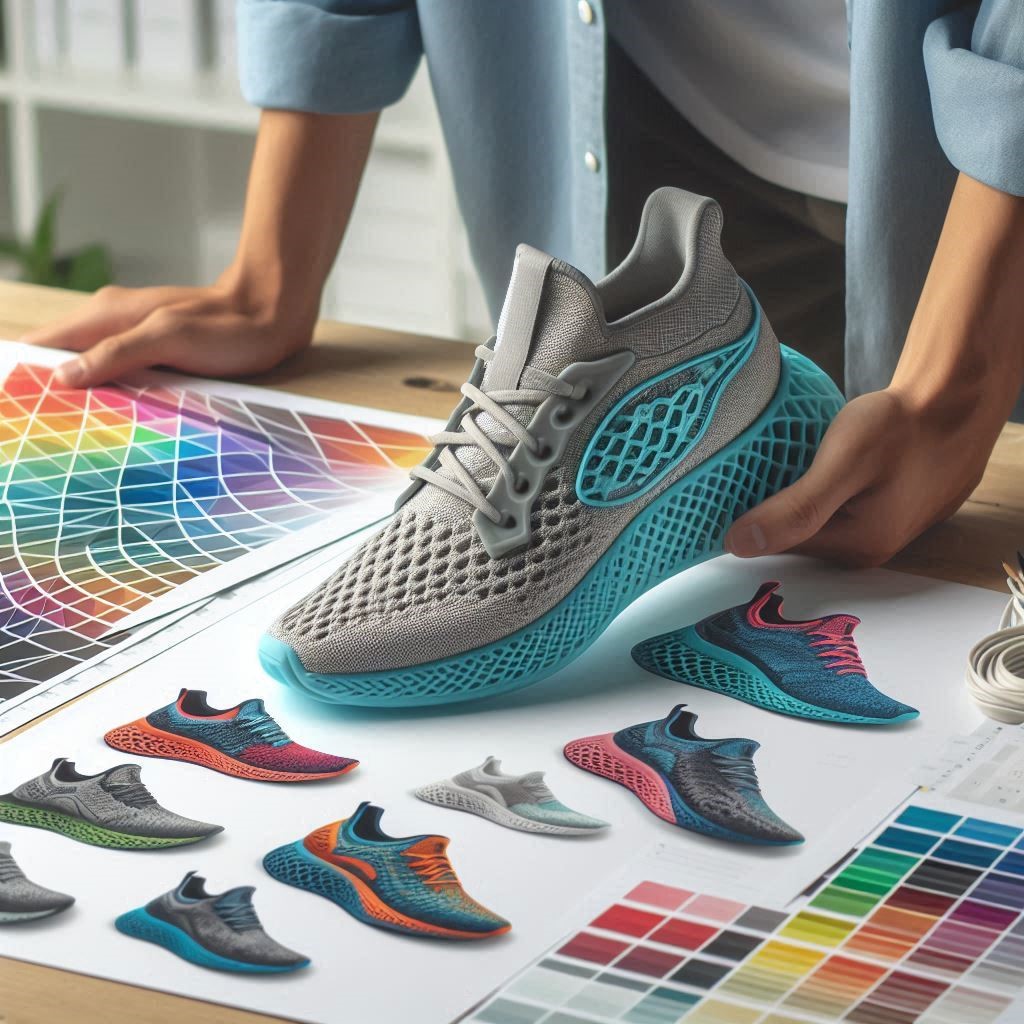3D printing has revolutionized the way we conceptualize and create objects, offering endless possibilities across various fields. From manufacturing and medicine to art and education, the potential of 3D printing is limited only by our imagination. This blog post will explore some innovative 3D printing ideas that can inspire enthusiasts, professionals, and hobbyists alike.
1. Custom Prosthetics and Medical Devices
Revolutionizing Healthcare
One of the most impactful applications of 3D printing is in the medical field, particularly in the creation of custom prosthetics and medical devices. Traditional prosthetics can be prohibitively expensive and may not always fit well, leading to discomfort for the user. However, 3D printing allows for the production of tailored solutions that fit the unique anatomy of each patient.
Case Study: E-NABLE
E-NABLE is a nonprofit organization that utilizes 3D printing technology to create affordable prosthetic hands for children. By using open-source designs, volunteers can print, assemble, and deliver these prosthetics at a fraction of the cost of traditional models. This initiative not only provides functional prosthetics but also fosters a sense of community and empowerment among users.
Customization and Scalability
The ability to customize prosthetics through 3D printing means that they can be designed with the patient’s lifestyle in mind. For example, a child who plays sports might benefit from a more durable, lightweight prosthetic that can withstand physical activity. Additionally, because 3D printing allows for rapid prototyping, medical professionals can quickly iterate on designs based on patient feedback, ensuring optimal functionality and comfort.

2. Sustainable Architecture and Building Materials
Eco-Friendly Construction
The construction industry has a significant environmental footprint, but 3D printing offers a sustainable alternative through the use of innovative building materials and techniques. One exciting area of development is the use of bio-based materials, such as mycelium (the root structure of mushrooms) and recycled plastics, to create durable, eco-friendly structures.
Case Study: ICON and Habitat for Humanity
ICON, a construction technology company, has partnered with Habitat for Humanity to 3D print affordable homes in underprivileged communities. Their 3D-printed houses, made from a special concrete mixture, can be constructed in just 24 hours, significantly reducing labor costs and time. This approach not only addresses housing shortages but also promotes sustainability by minimizing waste and utilizing local resources.
Innovative Design
The versatility of 3D printing allows architects to experiment with complex geometries and designs that were previously challenging or impossible to achieve with traditional construction methods. Structures can be optimized for energy efficiency, natural lighting, and other factors, ultimately leading to more sustainable living environments. Furthermore, the technology can help reduce construction waste by using only the materials needed for each specific design.

3. Personalized Consumer Products
Tailored Solutions for Everyday Life
3D printing is changing the way consumers interact with products, allowing for customization and personalization. From household items to fashion, the possibilities are limitless. Consumers can now design and order unique products that reflect their individual tastes and needs.
Case Study: Adidas and Custom Footwear
Adidas has embraced 3D printing technology to create customizable footwear. Their Futurecraft line allows customers to design their shoes by selecting colors, materials, and even specific features that enhance performance. This level of personalization not only caters to individual preferences but also fosters a deeper connection between consumers and the brand.
From Jewelry to Home Decor
Beyond footwear, 3D printing offers vast opportunities in jewelry design and home decor. Designers can create intricate, customized pieces that resonate with individual aesthetics. For instance, a couple might choose to design their own wedding rings with personalized engravings, while homeowners can create unique decor items that match their interior style. The accessibility of 3D printing empowers consumers to take control of their design choices, fostering a culture of individuality and creativity.

4. Educational Tools and Models
Enhancing Learning Experiences
3D printing has significant implications for education, particularly in STEM (science, technology, engineering, and mathematics) fields. By creating tangible models and interactive tools, educators can enhance the learning experience and engage students in a way that traditional teaching methods may not achieve.
Case Study: 3D Printing in Classrooms
Many schools are now incorporating 3D printing into their curricula to teach concepts ranging from anatomy to engineering. For example, biology classes can benefit from 3D-printed models of human organs, allowing students to better understand complex systems. Similarly, engineering students can design and print prototypes of their projects, enabling them to learn through hands-on experience.
Collaborative Learning
3D printing also encourages collaborative learning, as students work together to design and create projects. This teamwork fosters critical thinking, problem-solving skills, and creativity, essential skills for the workforce of the future. Moreover, the ability to iterate on designs allows students to learn from their mistakes and improve their projects in real-time.

5. Artistic Expressions and Installations
Expanding the Realm of Creativity
Artists are increasingly turning to 3D printing as a medium for their work, utilizing the technology to push the boundaries of traditional art forms. This method allows for the creation of intricate sculptures and installations that would be difficult or impossible to make by hand.
Case Study: Refik Anadol’s Data Sculptures
Digital artist Refik Anadol uses 3D printing to create stunning data sculptures that visualize complex datasets in tangible forms. His work transforms abstract information into physical representations, bridging the gap between technology and art. This innovative approach not only captivates audiences but also invites them to explore the intersection of art, data, and technology.
Interactive Installations
3D printing also facilitates the creation of interactive art installations that engage viewers in unique ways. Artists can design pieces that encourage participation, prompting visitors to manipulate the artwork or even co-create it. This interactivity enriches the audience’s experience and fosters a deeper connection to the artwork.

Conclusion
The possibilities offered by 3D printing are vast and varied, impacting numerous sectors and sparking creativity across the globe. From revolutionizing healthcare with custom prosthetics to enabling sustainable architecture, personalized consumer products, enhanced education, and innovative art, 3D printing is changing the way we create and interact with the world around us.
As technology continues to advance, the future of 3D printing promises even more exciting developments. Whether you’re a professional in a specific field or simply a curious enthusiast, exploring these 3D printing ideas can inspire you to think outside the box and embrace the potential of this groundbreaking technology. So why not take a leap into the world of 3D printing and start your own project today? The only limit is your imagination.

